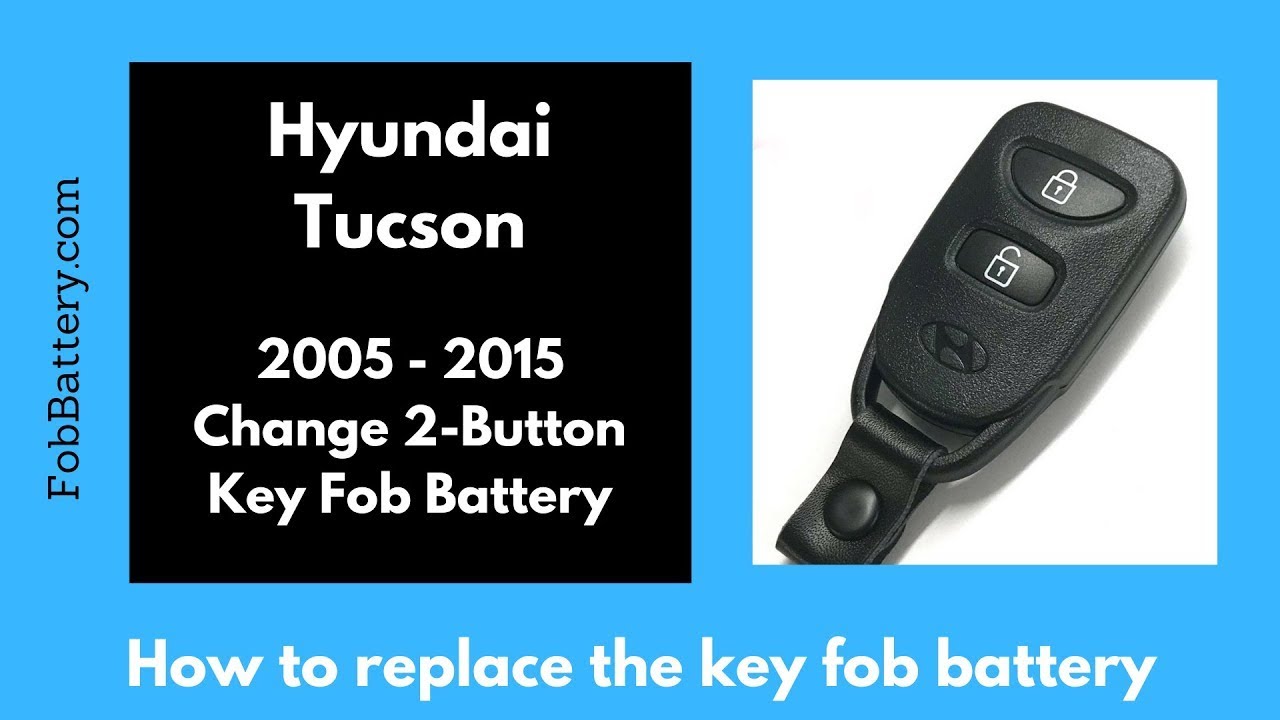Introduction
Replacing the battery in your Hyundai Tucson key fob is a straightforward process. This guide will walk you through the steps needed to replace the battery in a two-button key fob used in models from 2005 to 2015. With just a few simple tools, you can do this at home and save both time and money.
- Plastic, Metal
- Imported
- IN THE BOX: 4-pack of CR2032 3 volt lithium coin cell batteries; replacement for BR2032, DL2032, and ECR2032
Tools and Materials Needed
Before you start, you will need to gather the necessary tools and materials. Here’s what you will need:
- Flathead screwdriver
- CR2032 battery
You can easily purchase a CR2032 battery from Amazon for just a few dollars.
Step-by-Step Guide
Follow these steps to replace the battery in your Hyundai Tucson key fob:
Step 1: Locate the Slot
Look at the top of your key fob. You should see a small slot. This is where you will insert your flathead screwdriver.
Step 2: Separate the Key Fob Halves
Insert the flathead screwdriver into the slot and twist it gently. You will hear a click as the two halves of the key fob start to separate. Carefully open the key fob.
Step 3: Remove the Old Battery
Inside the key fob, you will see the old battery held down by a small piece of metal. Use your flathead screwdriver to gently push on the bottom of the battery until it comes out enough for you to remove it with your fingers.
Step 4: Insert the New Battery
Take your new CR2032 battery and make sure the positive side (the side with the battery information) is facing up. Slide the new battery into place.
Step 5: Reassemble the Key Fob
Ensure that the circuit board is inside its rubber housing. Click the two halves of the key fob back together. You should see the light come on, indicating that the battery is correctly installed and has power.
- Plastic, Metal
- Imported
- IN THE BOX: 4-pack of CR2032 3 volt lithium coin cell batteries; replacement for BR2032, DL2032, and ECR2032
Why Replace Your Key Fob Battery?
Replacing your key fob battery is essential for several reasons:
- Ensures reliable operation
- Avoids being locked out
- Saves money on replacements
By replacing the battery yourself, you can avoid the inconvenience and cost of going to a dealership.
Frequently Asked Questions (FAQ)
What battery do I need for my Hyundai Tucson key fob?
You need a CR2032 battery. You can purchase one from Amazon.
How often should I replace my key fob battery?
It’s recommended to replace the battery every 1-2 years, depending on usage.
Can I use a different type of battery?
No, it’s best to use a CR2032 battery to ensure proper function.
What if my key fob still doesn’t work after replacing the battery?
If your key fob doesn’t work after replacing the battery, ensure the battery is installed correctly. If it still doesn’t work, you may need to consult a professional.
- Plastic, Metal
- Imported
- IN THE BOX: 4-pack of CR2032 3 volt lithium coin cell batteries; replacement for BR2032, DL2032, and ECR2032
Conclusion
Replacing the battery in your Hyundai Tucson key fob is a simple task that can be done at home with minimal tools. By following the steps outlined in this guide, you can ensure that your key fob remains functional and reliable. For more detailed information, you can visit the full guide on fobbattery.com.
Additional Resources
If you found this guide helpful, you can find more information and other guides on key fob battery replacements at fobbattery.com. They offer comprehensive tutorials and resources to help you with all your key fob needs.
Thank you for reading, and happy repairing!


